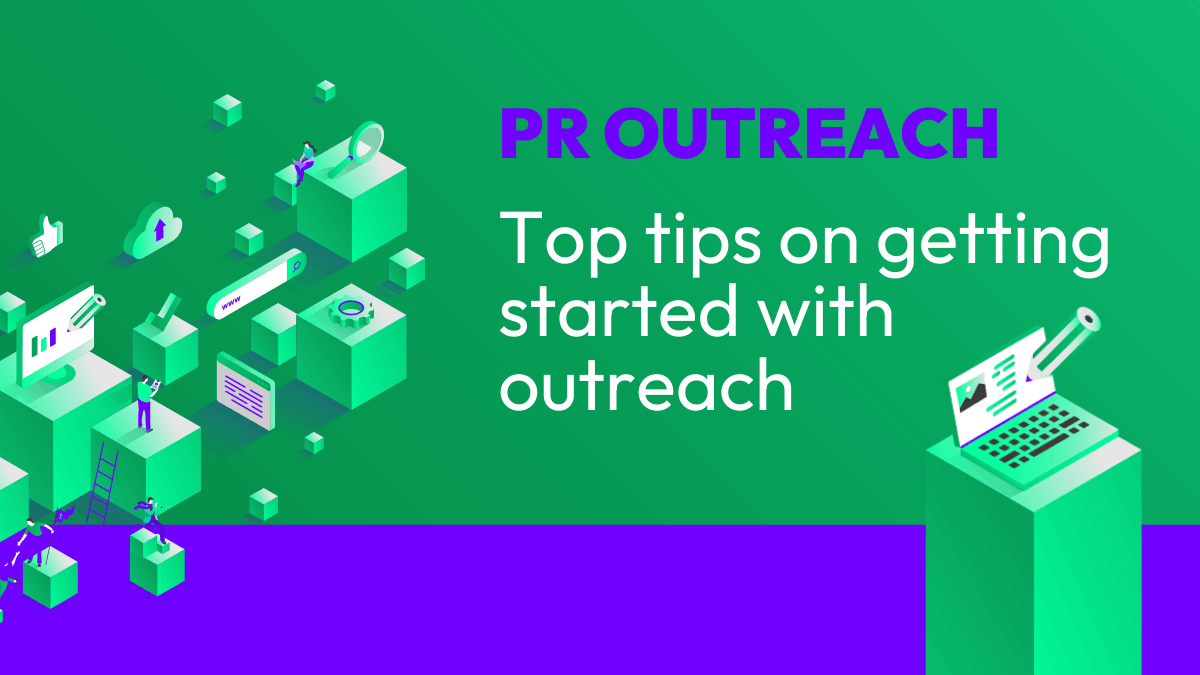If you run a business with one or more local outlets, any Search Engine Optimisation approaches will only be doing their job comprehensively if your online visits convert to actual in-store purchases.
So, how can you nudge people into making the switch from browsing the internet, to set foot inside a branch? Even if yours is an e-commerce site with a showroom or a few small premises, guiding people to visit a physical location may render them more invested and likely to complete a transaction.
This approach to turning online traffic into in-store custom is known as local SEO. Here, we’ll be explaining how to make the most of your descriptions and other content of your local pages, so you can utilise it to its best possible effect.
1. Aim For Cohesiveness
You’ll have put a lot of effort into creating your company’s brand identity, so every store page must display that branding in equal measure.
It’s a very good idea to create a uniform look and functionality across all local landing pages connected to your company, from the colour scheme to the layout. You should also ensure that user experience remains the same across pages, particularly in terms of the navigation tools.
Each interactive element – buttons and menus, for example – should appear in the same place on each page to improve ease of use.
The page hierarchy for each location should be identical too. A good approach to this is to create a parent page with links to each store as well as a drop-down menu that appears at the top of each page, making it easy to switch between locations. You should not replicate identical copy for every outlet, however – each store should feature its unique content, thereby giving the impression of a different “personality” each time.
2. Help Visitors to Make Contact
You must ensure that your company’s name, as well as each outlet’s address and phone number, are displayed prominently on every relevant store page. It’s preferable to use the individual number of each store instead of directing users to a switchboard, as this allows them to feel reassured that the person on the other end is currently at the location in question and will be able to answer specific queries about the stock that is in front of them.
Actions that result in immediate responses, such as the “Click to Call” or “Click for Directions” buttons take several steps out of the processes in question, meaning that users are more likely to engage.
3. Guide Your Customers
“Store finder” tools are always extremely useful. They allow a visitor to enter their home postcode and discover which of your branches is nearest. Combining this with Google Maps or other location-based or geo-targeting satellite technology means that the individual can follow real-time directions and easily find their way to you.
Showing an image of each specific storefront and the interior of each location on its webpage is also very helpful too, as this may help customers to recognise the area in which a branch is based.
4. Keep It Updated
It’s naturally a good move to update your online information if a branch closes down or moves, but you should also use your store pages to promote sales, events, limited offers and any other unique features or elements of interest.
You might also wish to have a “product of the month” or another similar feature that could be the same or different according to location. Remember, though, if you are going to promote one product across all pages in this way, you first need to ensure that it is available from every outlet – and if you opt for a different product per location, you need to be sure that you’ll have the capacity to regularly keep this up to date!
5. Add a Personal Touch
Images, names and biographies of the lead staff members in each store are always pleasant and personable additions to a page, allowing the potential customer to feel a sense of familiarity before even setting foot within the branch.
Another appealing element is the inclusion of reviews or testimonials from previous customers, as this confirms the high level of service and quality that each store delivers.
You should also ensure that a user can access your social media pages at the simple click of a button – as the more followers you gain on Facebook, Twitter, Instagram and other platforms, the more visible your brand will be.
6. Consider Devices
It’s quickly becoming an expectation that your site can be used in full from any kind of device, be it a laptop, a PC, a mobile or a tablet – so if the content of your site is not optimised for these purposes then you may find that you’re being left behind. Many people may wish to be able to find an address or basic map directing them to your store while on the go, so you need to allow the information to transfer neatly to any screen for the best possible user experience.
Your customers should also be able to make purchases using any kind of device, so you need to be sure that you can work this into your site’s capabilities or you may find yourself inadvertently creating barriers.
7. The Technical Stuff
While everyone knows it’s important to use keywords that are most likely to be entered into a search engine, many people get into the awkward habit of stuffing as many of them as possible into sitting descriptions and content without thinking much about readability. This can look very clunky and can sometimes even confuse search engines – negating any possible positive effect.
Be sure to make your content clear and simple and only insert keywords at sensible, intuitive points within the text.
The back-of-house elements to your sites are also extremely important. Remember to include the correct Schema markups within the HTML of each of your pages to guide traffic successfully according to the audience you are reaching out to. You can find out more about Schema here.
Finally, you should always submit an XML sitemap to Google Search Console that includes all landing pages, including every one of your store pages, or they will eventually be lost to the back of the search engine results.
If you are interested in finding out more about local landing page SEO techniques, or if you’d like to receive training in this area, you can speak to one of Tecmark’s specialists on 0161 266 4450 or email [email protected] today.


